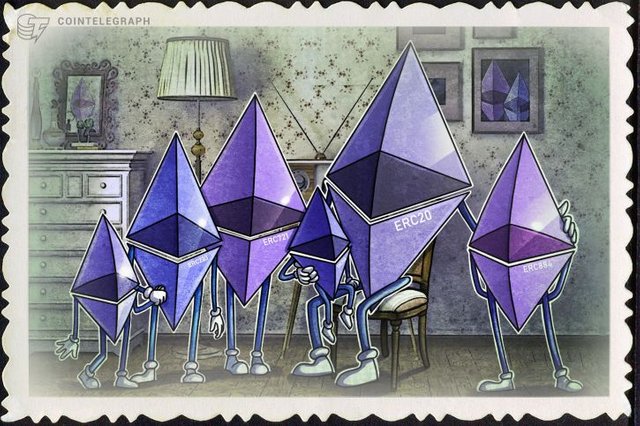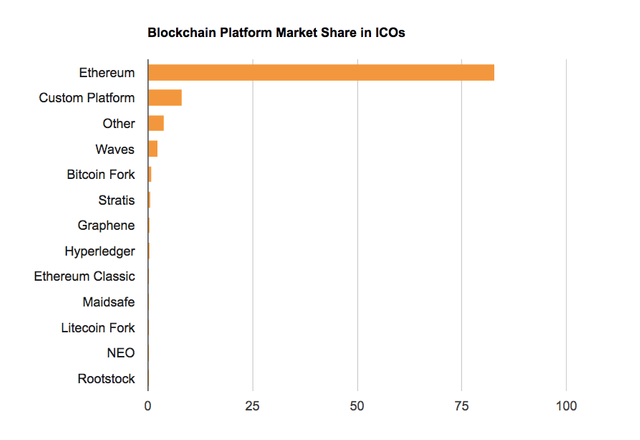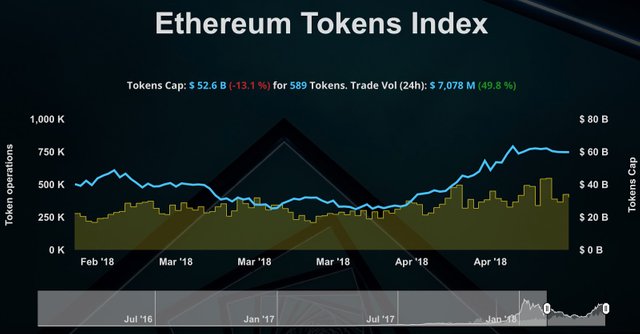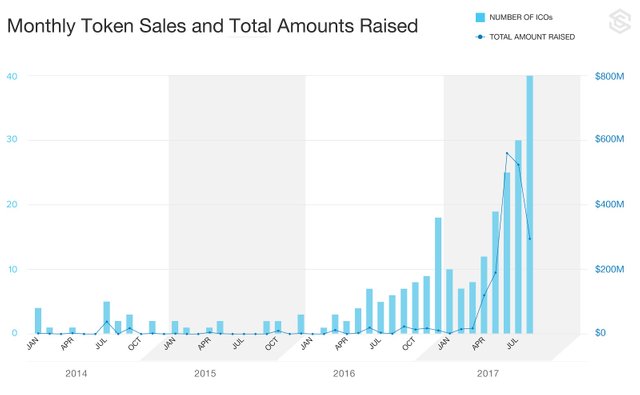Top Ethereum Token Protocols Which May Replace ERC20

Today, anyone can create a smart contract based on the Ethereum blockchain and release their own tokens. Until recently, the implementation of a particular coin was entirely entrusted to the developer of that coin, and it had rather an experimental nature often accompanied by a number of related problems - including the freezing of investors' funds, hacking of contracts or unpredictable network operation.
In this ‘Wild West’ atmosphere, new Ethereum protocols are being created - which are designed to correct the errors of previous versions. Perhaps one of them will replace the ERC20 by the end of the year, making working with the blockchain even more reliable and simple for users.
ERC20: The king of dApps
User friendly logics and simplified structure turned Ethereum into a highly demanded framework, with almost 83 percent of projects choosing the Ethereum blockchain for the underlying structure.

More than a dozen major tokens are based on ERC20 standard, and around 400 new coins are issued every day. While these figures may sound unreal, the Coinmarketcap rating and the Ethereum Tokens Chart demonstrate that the total market capitalization of such tokens is around $52.6 bln. Furthermore, this process seems to be totally uncontrolled since no legislation exists to regulate the frequency or initiator of the issue.

You may see references to "ERC20" when reading information about Ethereum (ETH). ERC20 is a standard which is the most common and widely used within the Ethereum platform. Wikipedia gives the standard the following definition:
ERC stands for Ethereum Request for Comment, and 20 is the number that was assigned to this request.
The ERC20 standard was introduced in 2015. While it initially saw active use only by programmers, the standard has gained widespread adoption in just two years. The standard describes the rules for the creation and operation of coins developed on its basis. Such specifications were an innovative solution in the crypto industry, since until then there were no unified programming standards - and it solved the main problem encountered by the creators of new tokens.
The issue was that all coins issued before the introduction of this standard were completely unique, which greatly complicated the work of exchanges, wallets and other applications used to interact with new tokens. Each time developers had to change or add a layer to their software, so that the new coin could work stably and was compatible with their system.
In 2017, the ERC20 standard started to be used everywhere thanks to the uniformity of the code and simplified integration with various apps and platforms. It triggered the explosive growth of initial coin offering (ICO) startups which now had the necessary tools for entering exchanges and overcoming liquidity problems.

Right after implementation of ERC20, the number of ICO startups in the cryptocurrency market increased substantially with almost 86,000 tokens issued as of May 2018. Not surprisingly, projects no longer needed to invent their own specifications and rules for the issue and operation of tokens, or to develop standards for their compatibility with the separate blockchain. All this has already been described in the ERC20 standard with introduction of six main functions:
Total amount of coins;
Number of coins on the balance of a specific address;
Functions for transferring tokens from the primary address to the address of the individual user or ICO participant;
Functions for transferring tokens between users;
Functions for checking the residual amount of tokens on a smart contract with the ability to withdraw funds;
Functions ensuring that the sender has enough tokens to complete the transaction at the time of sending.
To read full : https://cointelegraph.com/news/top-ethereum-token-protocols-which-may-replace-erc20